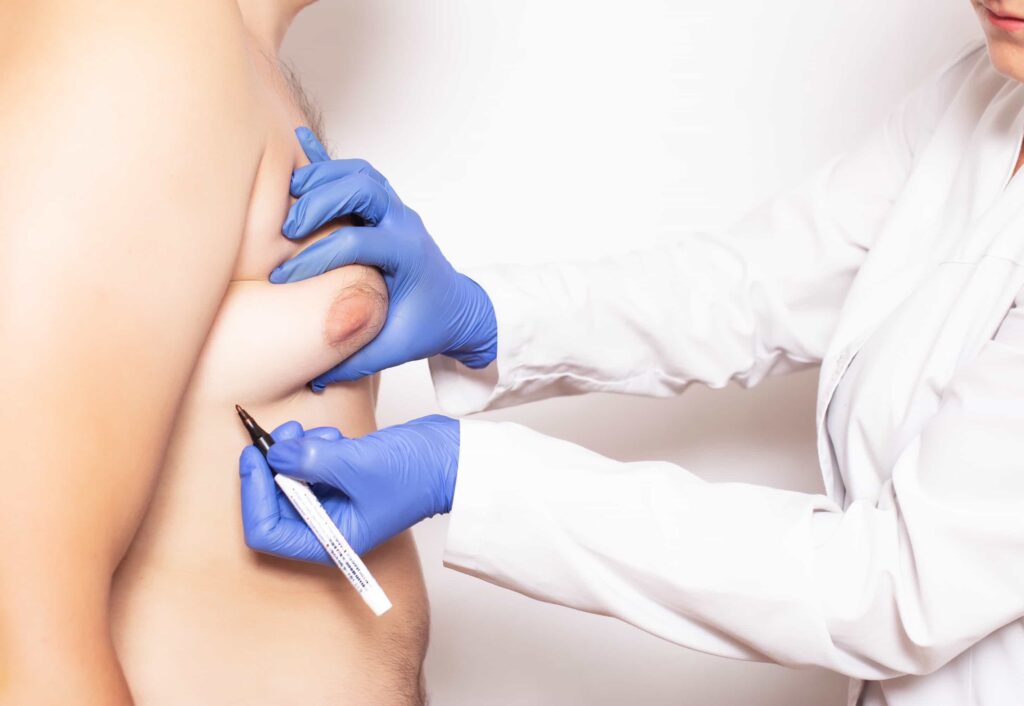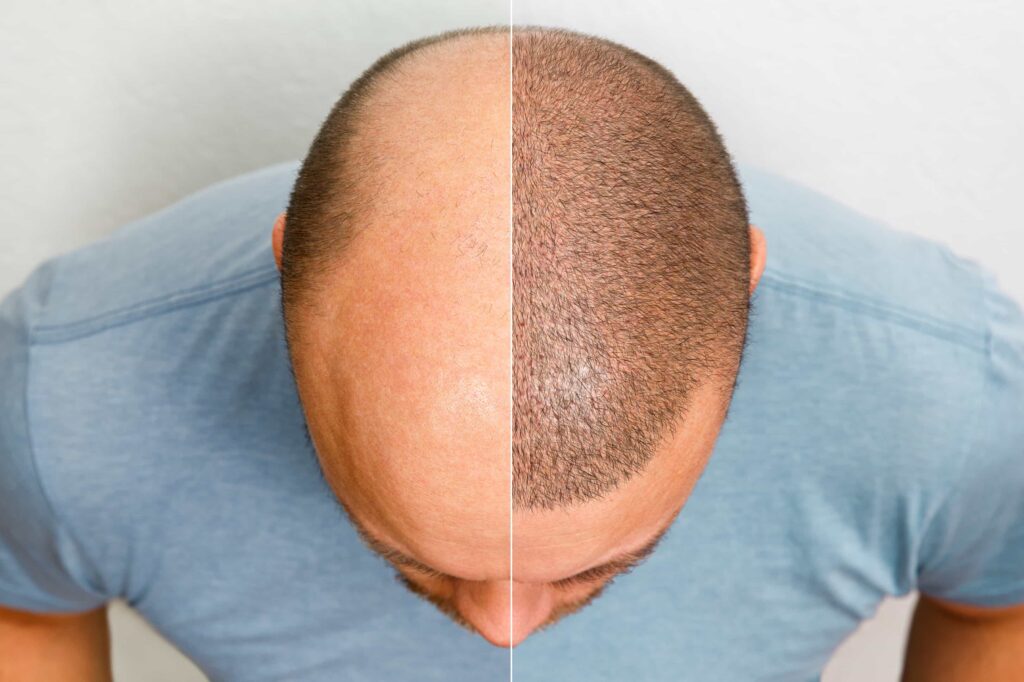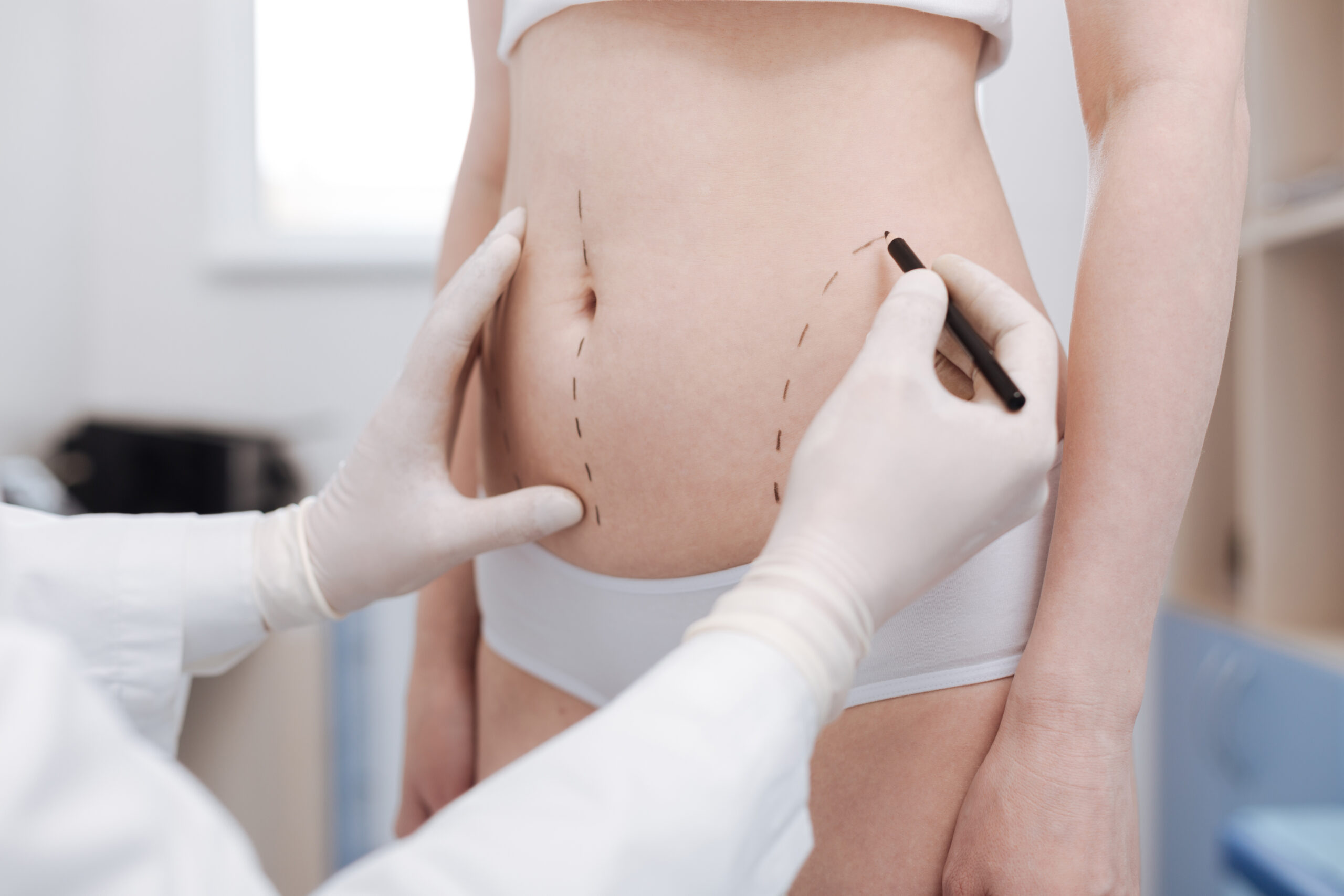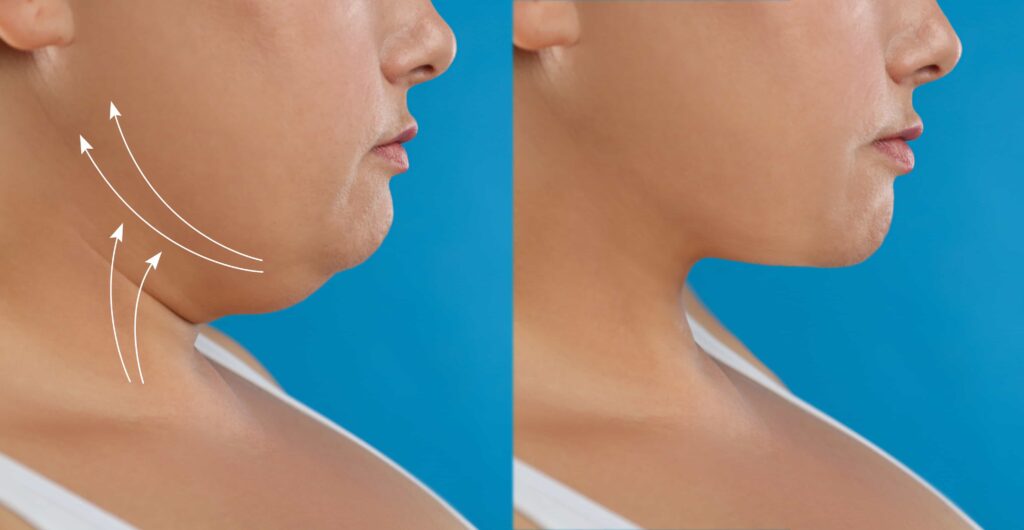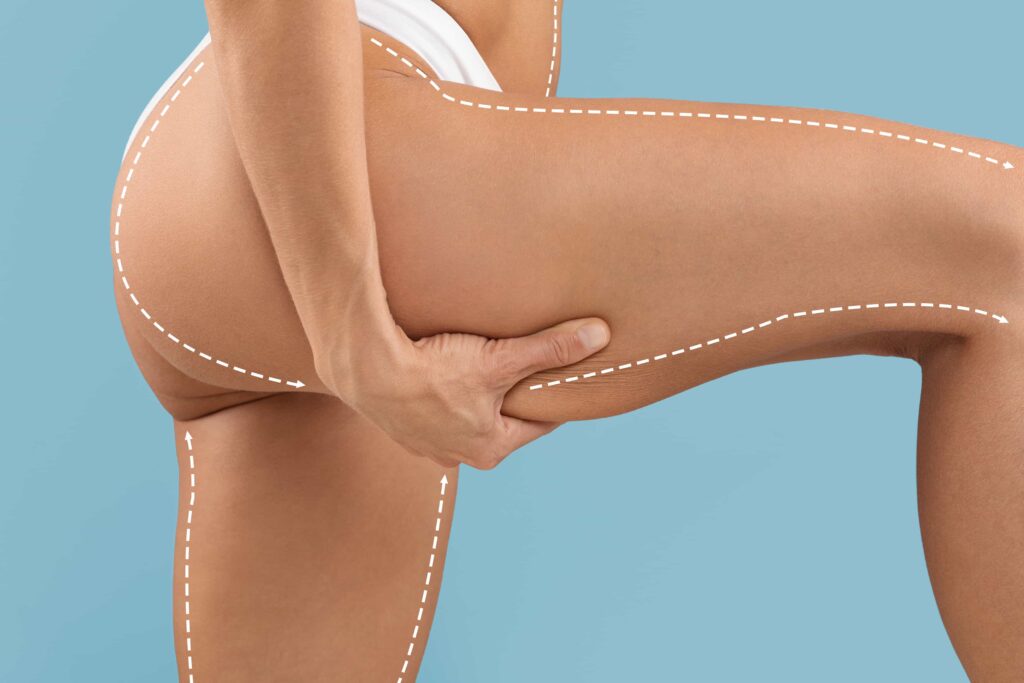Fat grafting helps reduce wrinkles and fine lines by restoring volume, particularly in the cheeks, using fat cells instead of dermal fillers.
Facial fat grafting, or autologous fat transfer, is a minimally invasive procedure that enhances volume and contour by transferring fat from one body area to another.

Facial fat grafting, also called fat transfer, is a simple procedure. The doctor removes fat from one part of your body and places it in your face. This adds volume, improves shape, and enhances contour. While often used for cosmetic reasons, it can also help with reconstruction.
How long do results last?
Unlike dermal fillers, which usually need to be repeated every 12 to 18 months, facial fat transfer can last for years—or even decades in some cases.
Advantages of facial fat grafting include:
•Facial Rejuvenation: Fat grafting helps reduce signs of aging. It can smooth deep wrinkles, fill hollow areas, and improve under-eye circles or puffiness.
•Lip Enhancement: It provides a long-lasting way to add volume to the lips, unlike temporary fillers.
•Scar Repair: Doctors can use fat grafting to improve the look of scars, including acne scars and other skin flaws.
-Durability of Outcomes: The effects of fat transfer are characterized by a prolonged duration.
-Natural Composition: The fat transfer procedure employs a natural way to volumize the face.
– Minimally Invasive Technique: This approach is less invasive in comparison to traditional surgical facelift procedures.
– Stem Cell Advantages: Adipose tissue contains stem cells, which may facilitate facial rejuvenation.
-Aesthetic Enhancement of Donor Site: The area from which fat is harvested may present a more slender appearance.
-More technically demanding: Fat transfer requires a skilled injection technique compared to dermal fillers.
-Fat absorption: Some transferred fat may be absorbed, resulting in less noticeable effects.
-Longer recovery: Bruising and swelling can last 7–10 days, with final results taking 6–9 months.
-Higher cost: Fat transfer tends to be pricier than injectables, especially for larger volumes.
-Lumps: Improper placement can lead to lumps.
-Risks: Injecting into a vessel can cause tissue damage or visual impairment.
During the procedure, adipose tissue is typically obtained from regions such as the abdomen, flanks, or thighs through the use of liposuction.
Subsequently, the harvested fat is transplanted into the facial area utilizing various techniques, which are determined by the surgeon’s expertise and preference.
The grafted fat integrates with the surrounding facial tissues, resulting in a natural-looking enhancement that demonstrates durability over time.
Following the procedure, it is anticipated that bruising and swelling will occur at both the donor and graft sites. The bruising and swelling in the facial area are expected to diminish within one to two weeks; however, the recovery period for the donor sites may extend up to six months.
A facial fat transfer can yield results that may last for years, decades, or potentially even longer.
Facial fat grafting (AFG) is generally safe with few complications, but risks exist. Choose an experienced plastic surgeon skilled in fat transfer. Minor issues like oil cysts and infections can occur but are typically manageable; serious complications are rare.
The forehead and temporal areas have higher risks for complications, including fat embolism, while the nose, lips, and chin are lower risk. AFG is usually done outpatient with local anesthesia or sedation, minimizing risks compared to general anesthesia.
Expect about 50-60% volume loss, possibly requiring a touch-up, along with common side effects like bruising, swelling, and altered sensation.
The cost of a facial fat grafting procedure may range from $2,500 to $10,000. The final expense associated with facial fat grafting is influenced by various factors, including the geographical location, the qualifications of the board-certified facial plastic surgeon, as well as the duration and complexity of the surgical procedure.


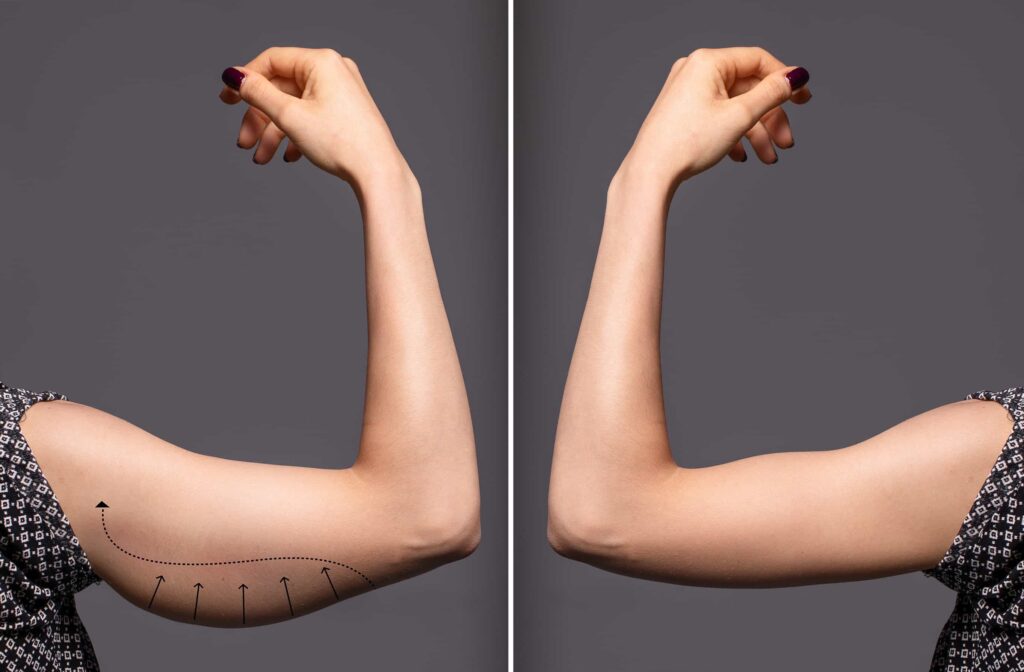
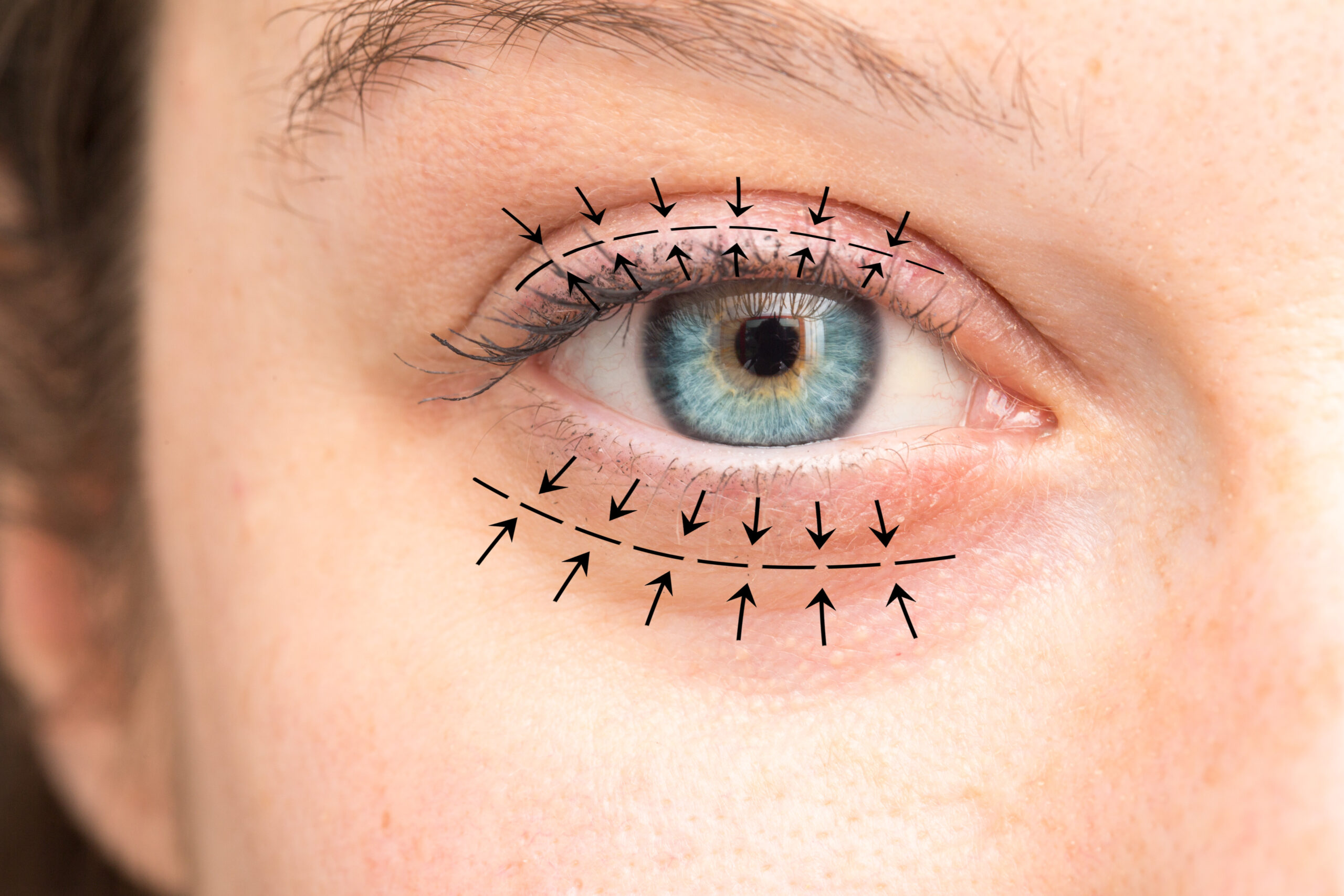
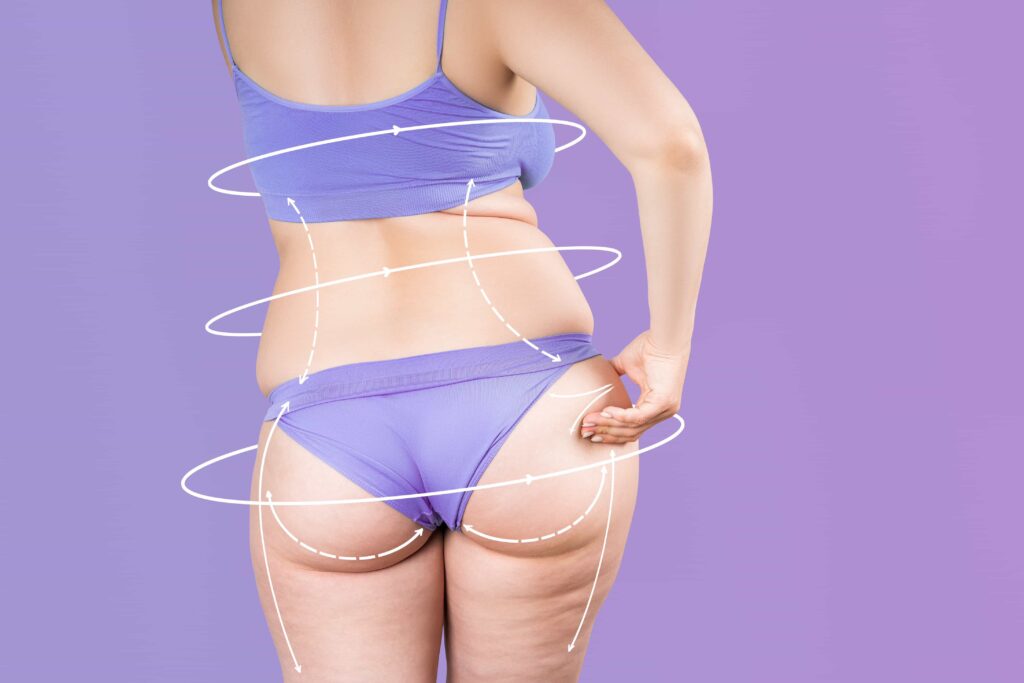

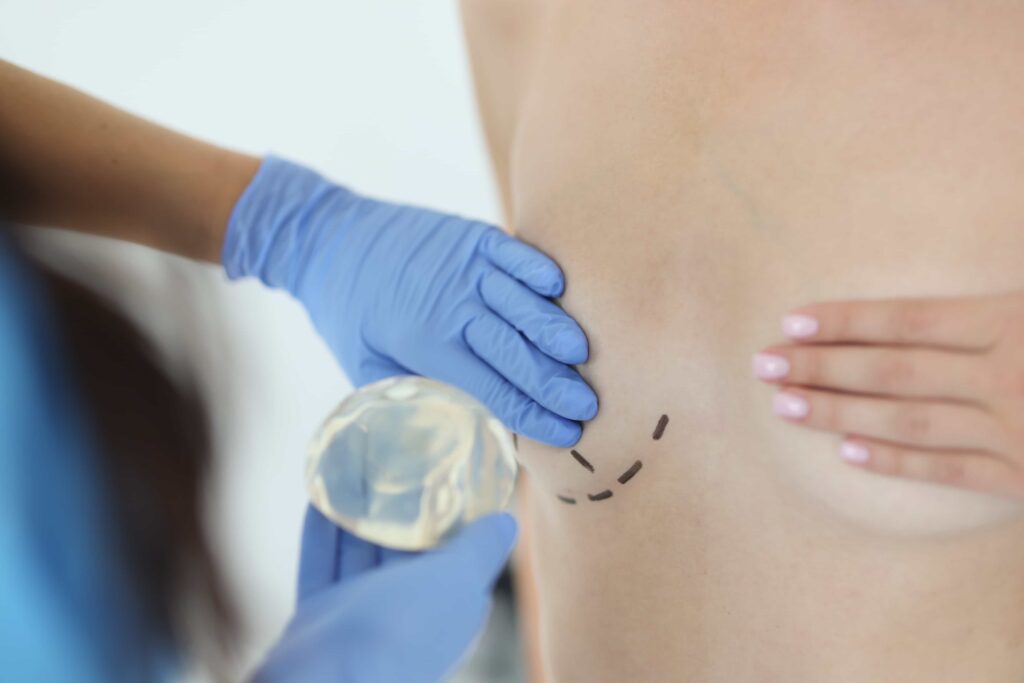
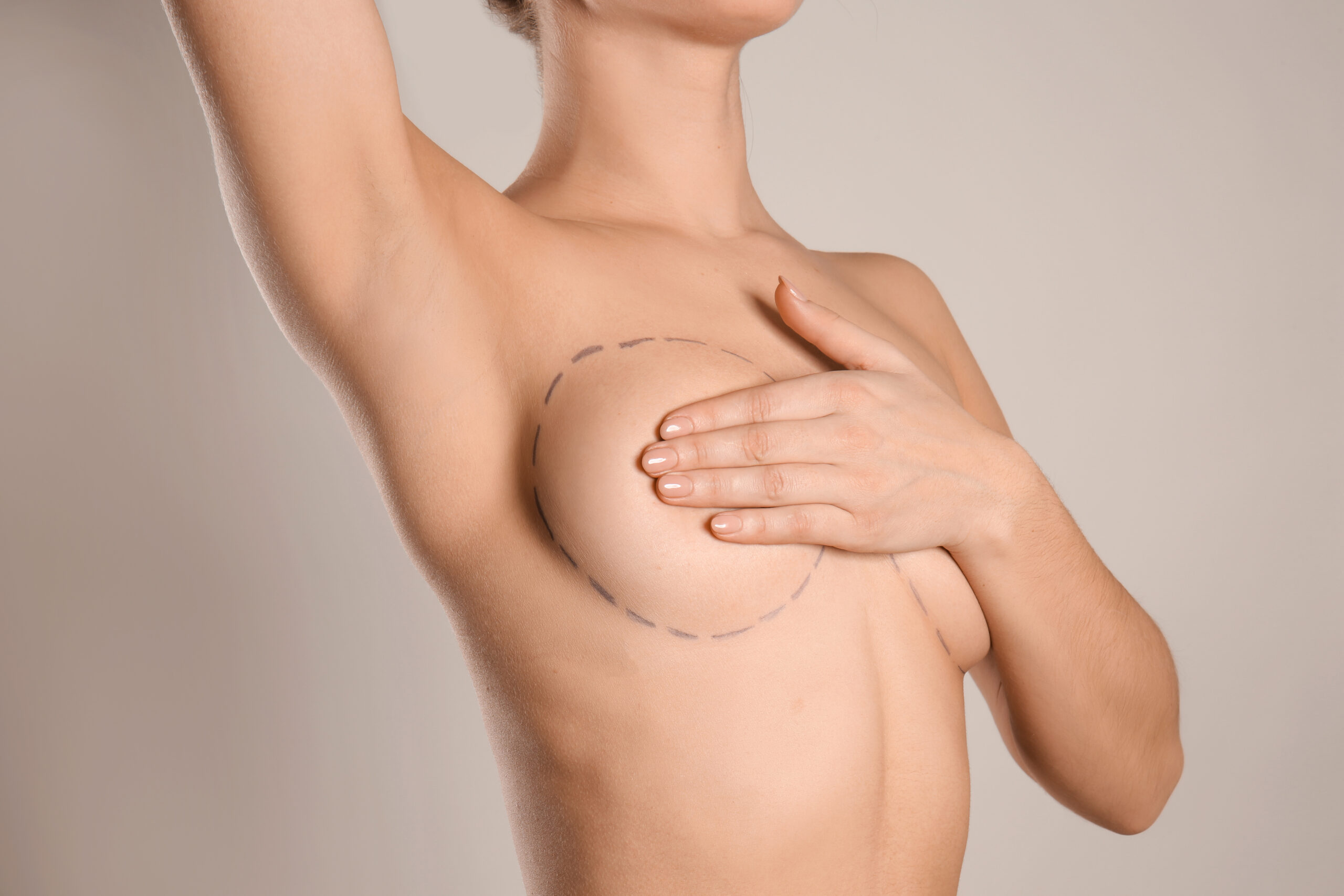
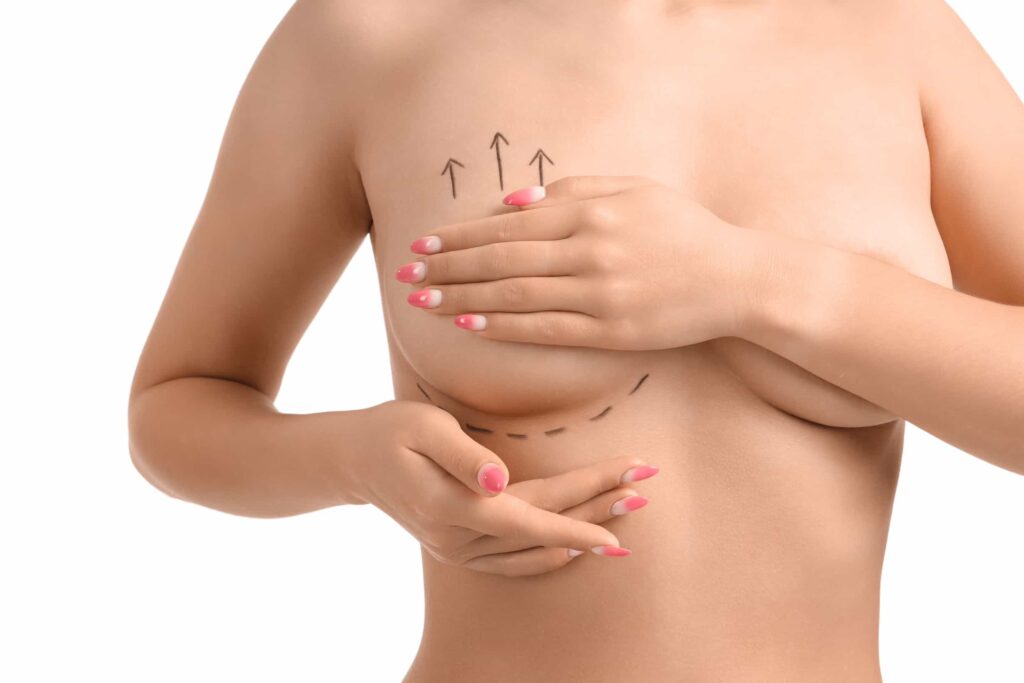

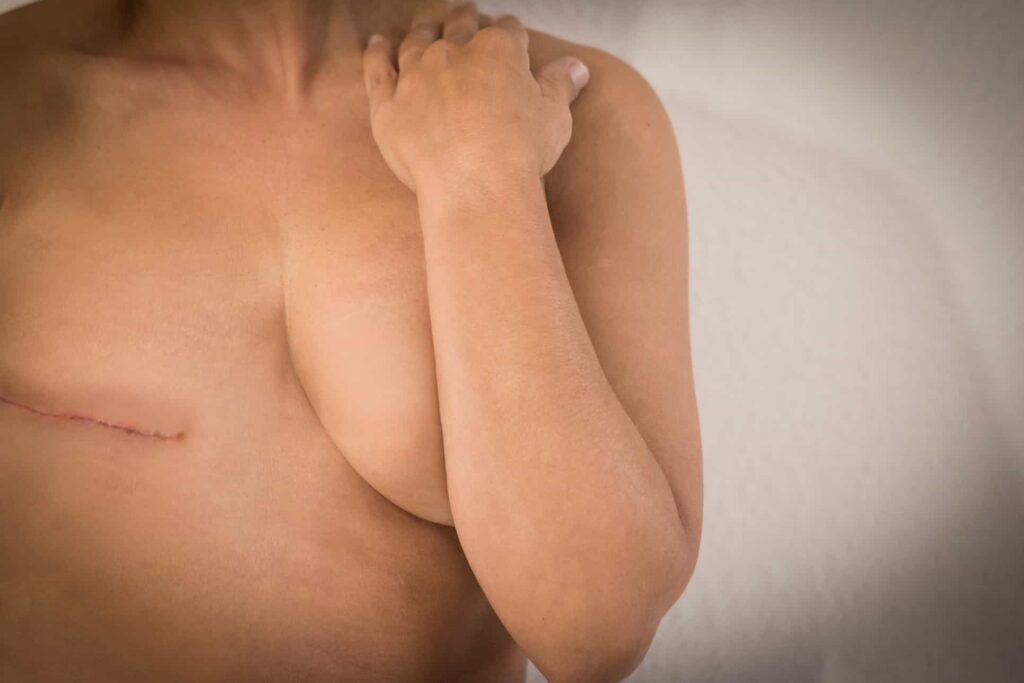

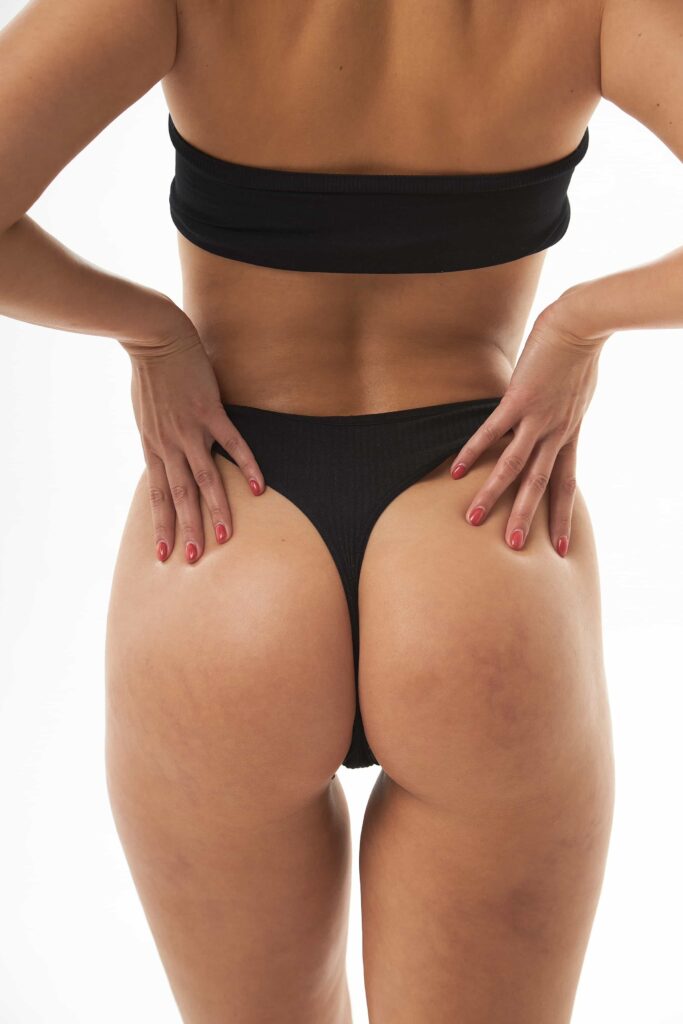

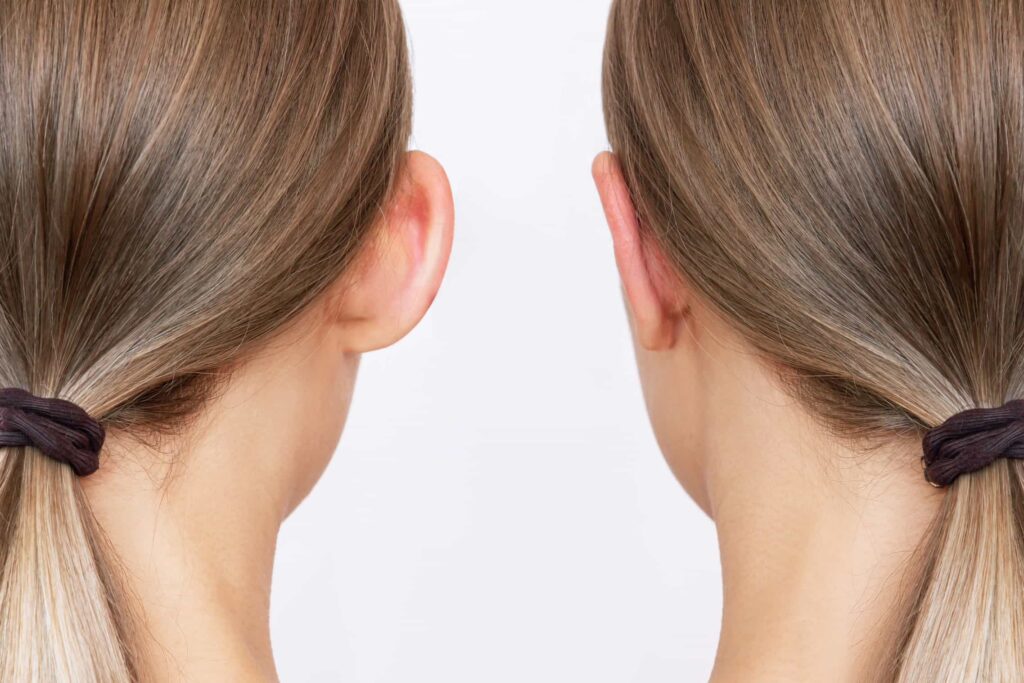
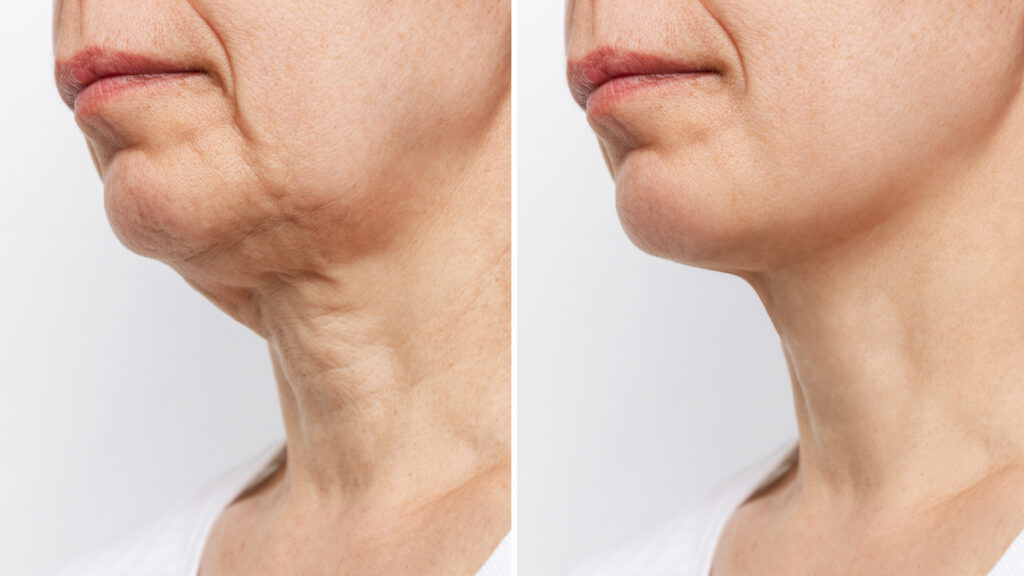
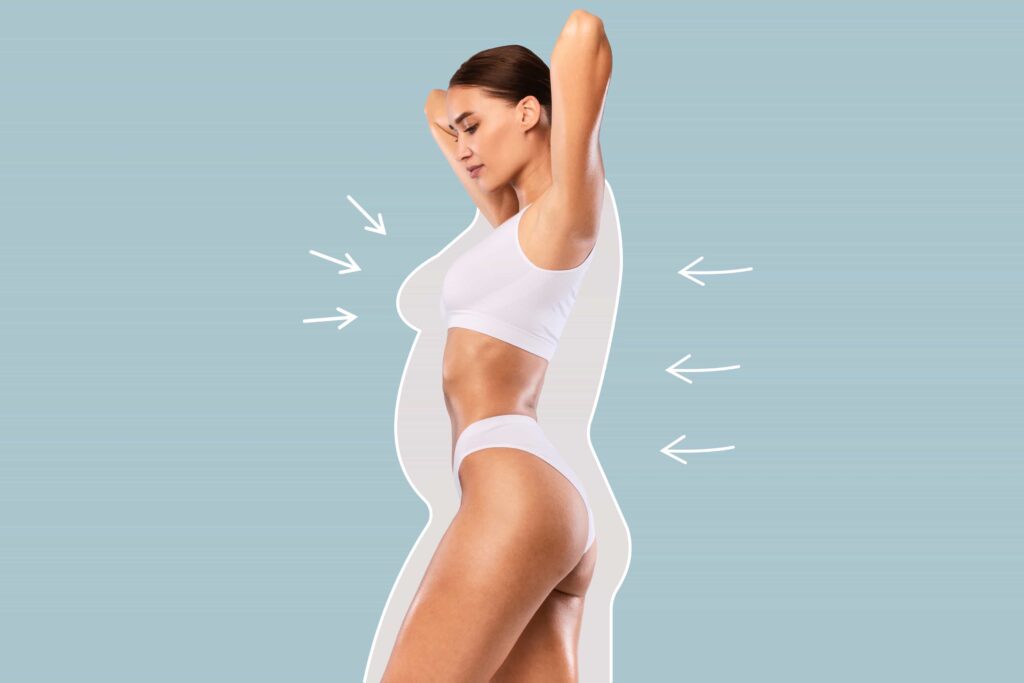
Fat grafting is a procedure that enhances and naturally adds volume to areas of the body by using your own…
